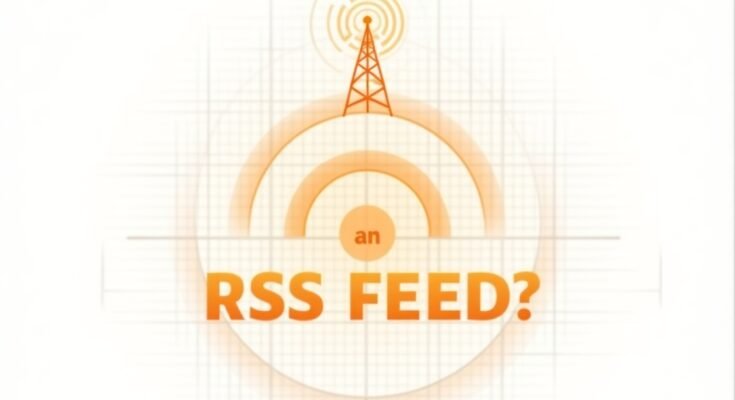What Is an RSS Feed?
RSS stands for Really Simple Syndication or Rich Site Summary. It’s a technology that allows users to track updates from their favorite websites, blogs, news channels, and podcasts without manually visiting each site. Think of it as a personal newsstand that automatically delivers fresh content straight to your digital doorstep.
How Does RSS Work?
When a website publishes new content—like an article, news update, or podcast episode—its RSS feed updates automatically. This feed contains key details such as:
- The title of the content
- A summary or excerpt
- A direct link to the full piece
- The publication date
To access these updates, users subscribe to the feed using an RSS reader (also called a feed aggregator). Popular options include Feedly, Inoreader, and NewsBlur. Some web browsers and email clients even have built-in RSS support or extensions to simplify the process.
Why Use RSS?
- Save Time
No more jumping between websites! RSS gathers all updates in one organized hub, letting you scan headlines and dive into only what interests you. - Take Back Control
Unlike social media algorithms, RSS puts you in charge. You choose exactly which sources to follow—no ads, no distractions, just pure content. - Never Miss an Update
Whether it’s breaking news, a tech blog, or a YouTube channel, RSS sends instant notifications when new content drops. - No Accounts Required
Most sites don’t require logins or personal data to subscribe. Just grab the RSS link, and you’re set. - Privacy-Friendly
RSS doesn’t track your activity. Your reading habits stay between you and your reader app. - Works Everywhere
Use RSS on your laptop, phone, tablet, or even integrate it with tools like Outlook or email newsletters.
Who Benefits from RSS?
- Journalists & Researchers: Track breaking news or niche topics across multiple sources.
- Digital Marketers: Monitor competitors, industry trends, or content inspiration.
- Casual Readers: Keep up with blogs, podcasts, or news sites effortlessly.
How to Find RSS Feeds
Look for the classic orange RSS icon (🟠) in a website’s footer or “Follow Us” section. If you don’t see it, try adding /rss or /feed to the end of the site’s URL (e.g., example.com/feed).
Advanced RSS Hacks
- Automate workflows: Send blog updates to email newsletters or archive content automatically.
- Track multimedia: Follow YouTube channels, podcasts, or video updates alongside articles.
- Stay niche: Curate feeds for academic journals, industry reports, or even competitor pricing changes.
Why RSS Still Matters Today
In an age of information overload, RSS remains a timeless tool for curating a clutter-free, personalized content experience. It’s like having a librarian who knows exactly what you love—and silently drops it on your desk.
Ready to Try RSS?
Grab a reader app, subscribe to a few feeds, and watch your productivity (and sanity) soar.


